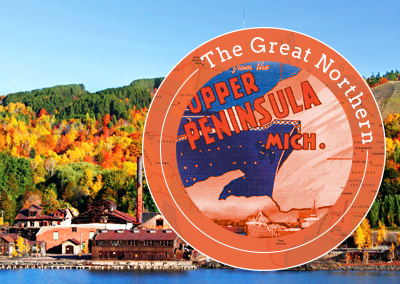Sapelo Island and Darien
Though coastal Georgia has by and large been spared the worst excesses of real estate development, for an unforgettable taste of the real pre-tourist industry Georgia culture, make your way east to Sapelo Island, which stretches offshore between Midway and Darien. The island is a stark, sparsely populated, mostly undeveloped, and generally fascinating place to spend some time, a truly wild landscape where alligators and ferocious feral pigs live free among remnants of colonial-era plantation agriculture and shell middens of the Muscogee people dating back 6,000 years. Once a cotton plantation, worked by enslaved people whose 70-odd descendants live in Hog Hammock, Sapelo’s only permanent community, the island is now owned by the state of Georgia and used as a marine biology research center.
There is no real commercial development on Sapelo Island—no stores and no restaurants, except for a small convenience store, so bring your own food and drink—just miles of beaches, marshlands, and open sea. Get here from the mainland hamlet of Meridian, where you can catch the state-run ferry for a four-hour guided tour (912/437-3224, reservations required, $15 adults, $10 children), which gives a full introduction to Sapelo Island life.
South of Sapelo Island near the mouth of the Altamaha River, which formed the rough and frequently fought-over boundary between British and Spanish parts of the New World, Darien (pop. 1,896) looks a lot like most other coastal Deep South towns, but it boasts a history to match many bigger or more famous destinations. After a small 16th-century Spanish mission near here was destroyed by Native Americans, Darien was founded in 1736 by Scottish colonists (many named McIntosh, now the name of the surrounding county) near Fort King George, the first British outpost in what became Georgia. Darien later became a center of the lucrative early-19th-century rice trade, surrounded by plantations where the abuse of enslaved people inspired British actress Fanny Kemble’s book-length indictment, Journal of a Residence on a Georgia Plantation in 1838-39, an influential abolitionist text.
Despite the many claims it could make to importance, Darien preserves its past in a matter-of-fact manner. The main attraction is the reconstructed Fort King George (Tues.-Sun., $7.50 adults), a state historic site, 1 mile (1.6 km) east of US-17 on Fort King George Drive.
Related Travel Map
















